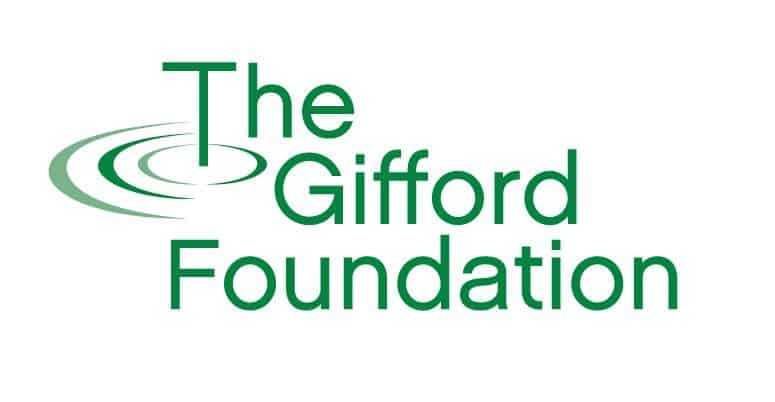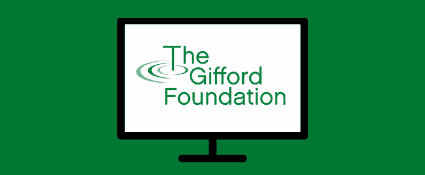Organization Profile: How Helping Hounds Adopted Packs of Community Supporters
Helping Hounds Dog Rescue of CNY has grown their communications systems alongside the rest of their services. These efforts have helped establish a large following who are invested in the work HHDR does – even if they aren’t actively participating themselves.
Published May 16th, 2023
An outside observer might think that Helping Hounds Dog Rescue has it easy when it comes to marketing and communications. After all, don’t they have an endless array of cute dog pictures to choose from that are guaranteed to get a positive response? The reality is far more complex: just like other agencies, the relationship they have developed with their audience has required careful planning, diligence, and upkeep. They have faced controversy, and had to adjust their communications strategy in response to financial uncertainty, capacity challenges, and the social and economic upheaval wrought by the pandemic. Through trial and error, however, Helping Hounds has developed a consistent and systematized communications program that has grown alongside the rest of their organization to yield strong and impactful results that we can all learn from.
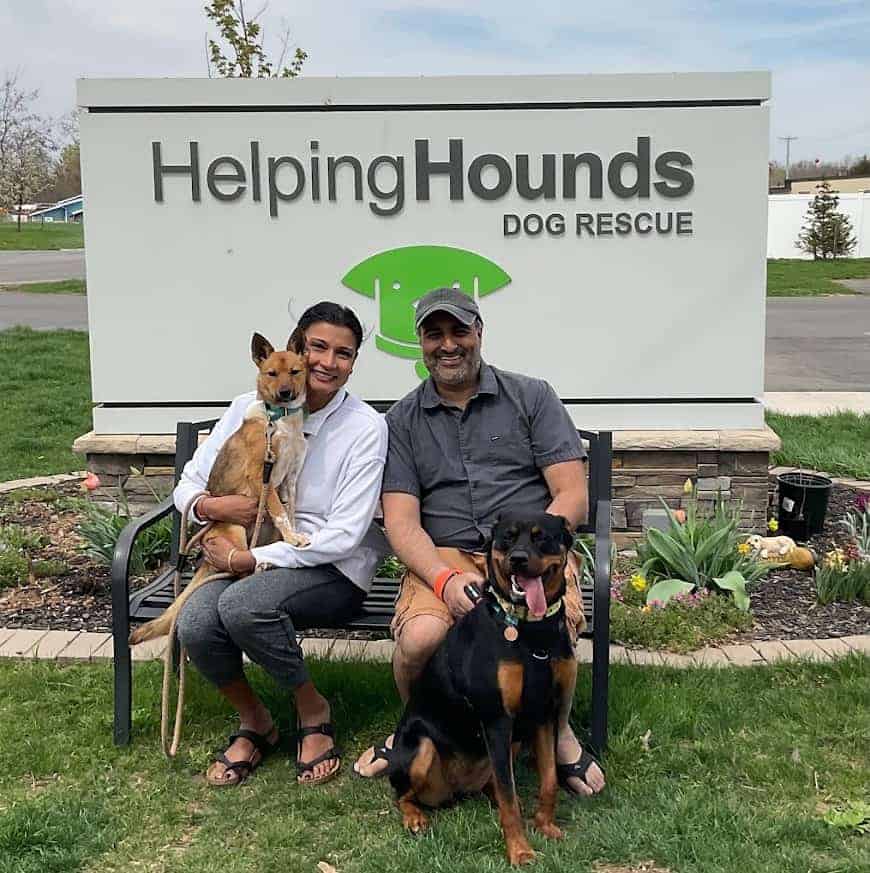
Helping Hounds shares every milestone of each dog’s journey with their followers. Keeping up with their journeys encourages animal lovers to keep reading their posts – even when they aren’t actively seeking to adopt a dog themselves.
Helping Hounds began 14 years ago and has grown from a small volunteer-based operation working out of a rented space to a large, multifaceted agency with nine full-time employees, two part-time employees, and their own 9,000 square foot building in North Syracuse. In addition to the thousands of individuals and families who have received services through them such as dog adoption, boarding, training, and grooming, they also have legions of followers who simply enjoy keeping up with the narrative around their work and the stories around the dogs themselves.
“In the beginning we were so busy trying to build our foundation that we never stopped to tell our story,” says Executive Director Kathy Gilmour. “As time went on, we realized that if we aren’t tooting our own horn – no one is going to toot it for us. We started being more proactive in telling some of the behind the scenes and in-depth stories of what we do and why we do it.”
Gilmour says that just as nonprofits have to ensure that their programs remain true to their mission, communications should also follow that standard. They avoid posting pictures simply because they are “cute” and instead work on ensuring that all content ties back to a specific goal – whether that is promoting a service, educating their followers about proper dog care, or sharing an update about a dog’s journey.
The dog stories, pet ownership tips, and growing service catalogue all serve to keep their followers engaged – even those who are not actively seeking to adopt. This allows for long term relationships with a broader base of community members to develop as they strengthen and grow their audience.
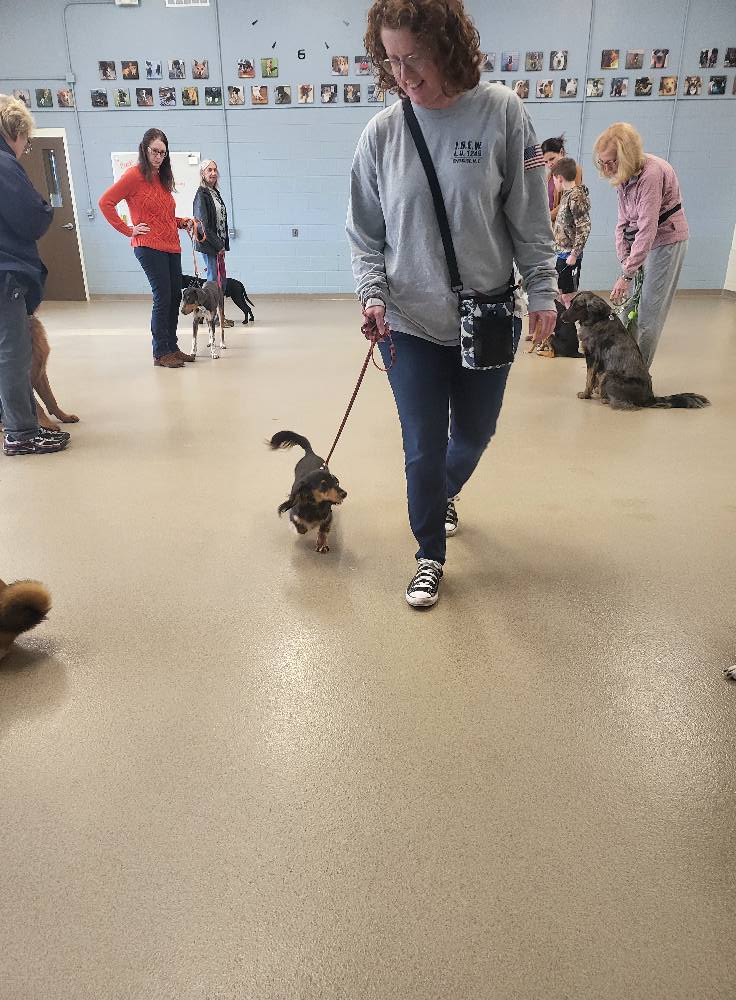
Helping Hounds is diversifying their revenue by expanding into other services beyond adoption like training, boarding, and grooming. These have required expansions into new website capabilities and carefully planned announcements on social media.
Early on, Gilmour made the decision to maintain a consistent public tone across all of their public posts, emails, and website. “We made an effort to ensure that our social media pages are always from the voice of Helping Hounds – it’s never from me or Nate – it’s always a ‘we’ or ‘us’. It’s the story of Helping Hounds, not any one individual.”
Consistency aside, this approach has an additional benefit: communications tasks can be more easily shared by multiple staff members. Helping Hounds does not have a dedicated communications manager. Instead, several staff members share the responsibility of updating the website and sharing content to their social media pages. This means that when one person goes on vacation, their communications remain active. And because they are following a common style guide, their followers are seeing a consistent voice from the agency. “No single person could handle the full responsibility in addition to their other work, so it’s a necessity,” says Gilmour. “But it’s also a benefit because even though we post using the Helping Hounds voice – we all tell that story from a different perspective.”
As of April 2023, Helping Hounds has over 78,000 combined followers between their Facebook, Instagram, and YouTube channels. This accomplishment is a validation of the years of work they have put into developing their online audience, and yet it comes with it its own pressures. Many followers are deeply invested in following the journeys of the Helping Hounds dogs – even if they are not in the market for adopting one themselves. “People will email and ask why a dog is no longer listed,” says Gilmour, emphasizing the importance of not falling behind on their online storytelling. Of course, they are thrilled to have this level of engagement which helps significantly to support their mission and growth.
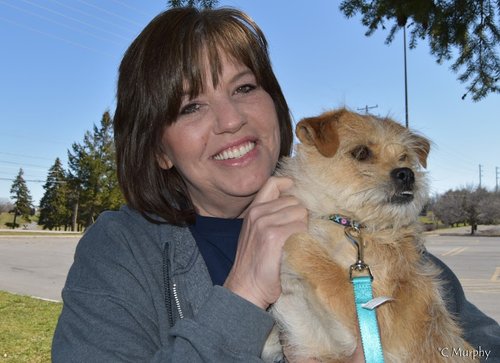
Kathy Gilmour has been the Executive Director of Helping Hounds since 2012.
No matter what sector you work in, once you get to a certain level on social media you will attract upset people. Helping Hounds has weighed in on issues that are deeply personal to many dog owners, including discussions about when euthanasia is warranted. Gilmour feels that transparency and open discussion about these subjects is essential, and that many of their followers feel intense relief in seeing these topics explored and their experiences reflected by a trusted community organization.
At the same time, however, it has generated strong reactions from people with opposing views. Helping Hounds staff have had to develop policies for how to approach these controversies constructively without fueling toxic dialogue or allowing their positions to be misrepresented. “My approach is to take a breath first, before the fingers start flying across the keyboard, because some of it does feel personal,” says Gilmour. “Instead of trying to show how they are wrong, I try to take it as a moment to educate. And if we do respond, we stop after that.” They have also seen how their supporters will often weigh in and pick up the conversation so the burden of a response isn’t necessarily on the agency.
Right now, Helping Hounds is utilizing their communications resources to gradually raise awareness about their growing catalogue of services. This has meant always having to gauge how hard to push something based on their capacity. “We have to roll things out in a way that doesn’t grow faster than what we can keep up with,” says Gilmour. As in-person classes grow in popularity and begin to test their personnel and space limits, they have begun investigating how they might use a webinar format to reach more people.
“Growing our communications in unison with our growth as an agency is something we hope to get better at through our work in the Embracing Disruption program,” explains Gilmour. She is referring to a 17-month capacity building program created by The Gifford Foundation to help regional nonprofits become stronger and more adaptable through a Lifecycles approach to organizational development. Helping Hounds is one of five participating organizations who receive personalized consultant support along with $15,000 in additional funding to support their progress.
Helping Hounds has made the decision to direct these resources towards growing their marketing and communications resources. The disruption of the pandemic revealed how dependent they were on adoption fees as their primary revenue source. They had moved into their new facility in January 2020. When the lockdown began in March, they lost their volunteer base. Later, when gas prices rose dramatically, they found that their income from adoption fees was being eaten up by these new costs. Donations also dropped off as economic anxieties grew.
As a short-term response, they rolled out their #CoronaEscape campaign in which people were invited to send a picture of their dog along with a donation. In return, Helping Hounds would Photoshop the dog as if it were on vacation, exploring the world. Gilmour says this kept their followers amused and engaged, and resulted in a bump in donations. Looking to create more long-term growth, they have also taken steps within the Embracing Disruption program to invest in new website designs and functions, diversify their client pool, further engage their board in fund development, and develop a strategy around future revenue and program growth.
Reflecting on the biggest lessons learned through their communications work so far, Gilmour says that identifying regular milestones in your work and connecting them to an actionable communications step is a great way to systematize your outreach. “We follow our dog’s length of stay, so as the dog hits certain milestones, you will see that. And those are the dogs that get Facebook famous.” No matter what field your nonprofit operates in, Gilmour feels certain principles hold true. “Figure out your strategy and message, and then stick to it.”
